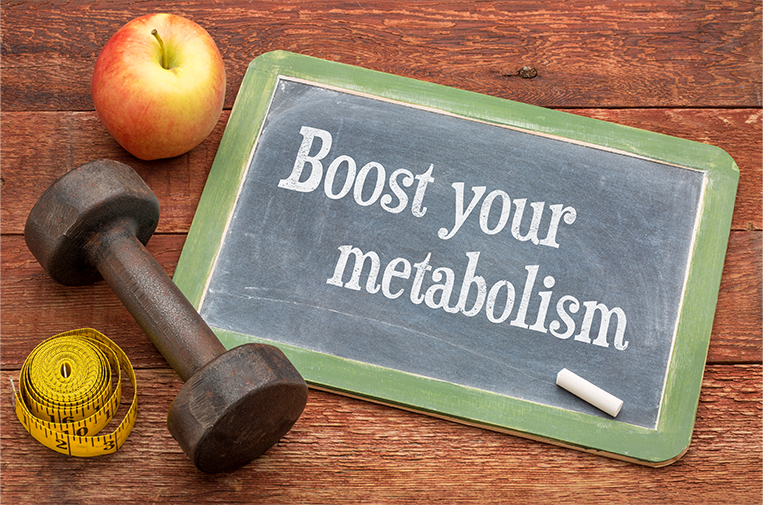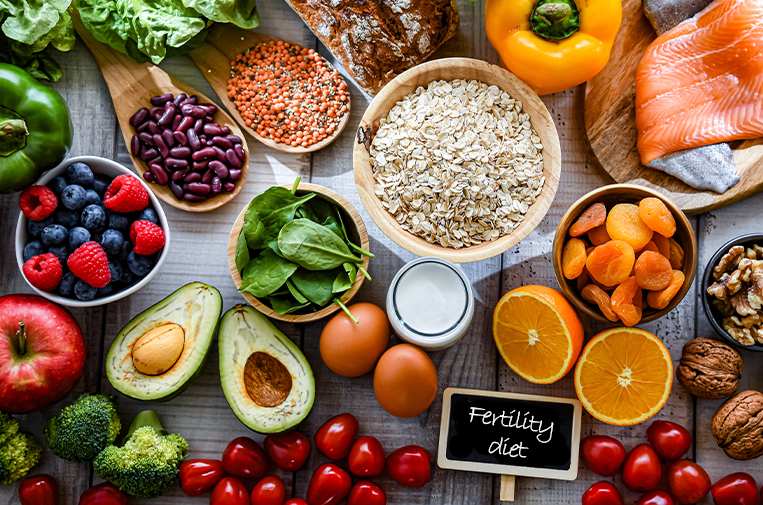In a joint statement issued on September 23, 2013 the American College of Obstetricians and Gynecologists (ACOG) and the American Society for Reproductive Medicine (ASRM) are asking OB/GYN’s to advocate for governmental policy changes in order to identify and reduce toxic environmental agents and exposure.
Here is what’s known:
- Individual sensitivity to a hazardous agent depends on multiple factors such as age, genetics, gender, current or prior illness, nutrition, and current or history of exposure to chemical agents.
- Remember that chemicals are everywhere — in the air, water, soil, our food supply, and everyday products such as cosmetics and cleaning products.
- Women are exposed to numerous chemicals from the environment both before and throughout pregnancy. Most chemicals that pregnant women are exposed to or ingest from the environment can and do cross the placenta to the fetus.
- Toxic environmental agents before conception and during pregnancy can have significant and long-lasting effects on reproductive health.
- We know that the developing nervous system of the infant is more susceptible than the mature nervous system to a range of chemicals.
Reproductive issues reported include:
- Men exposed to pesticides may suffer from reduced semen quality and an increased risk for prostate cancer.
- In women, exposures to pesticides can alter puberty, menstruation and ovulation, menopause and adversely affect fertility.
A brief list of health and reproductive problems associated with exposure to environmental agents includes:
- Miscarriage and stillbirth
- Impaired fetal growth and low birth weight
- Preterm birth
- Childhood cancers
- Birth defects
- Cognitive/intellectual impairment
- Thyroid problems
Some toxins may include:
- Lead in paint
- Radon
- Indoor/outdoor air pollutants
- Second-hand smoke
- Drinking water
- Mold and mildew
- Household hazardous waste
- Dust from inside and tracked in from outside
- Consumer products, e.g. old foam mattresses or cushions, fire retardants
Household products:
- Cleaning products
- Cosmetics and personal care products
- Paints
- Solvents
- Medications
- Mercury
- Thermometer
While it is not possible to entirely avoid exposure to all endocrine disrupting chemicals, here are some simple precautions to take:
- Eat fresh foods, not processed.
- Purchase local organic foods or foods that contain lower levels of pesticide residue. Refer to “Dirty Dozen” and “Clean 15” on EWG’s website for more information.
- Choose fish carefully.
- Drink filtered water. Avoid plastic containers. Use stainless steel or glass water bottles.
- Avoid using products that contain BPA or phthalates. Minimize the use of food products or storage in cans or plastic containers.
- Minimize the use of personal care products such as moisturizers, cosmetics, shower gels and fragrances.
- Avoid the use of garden, household or pet pesticides/fungicides.
- Chemicals such as lead and pesticides can be tracked indoors on shoes, so it is always recommended to remove your shoes before coming indoors.






